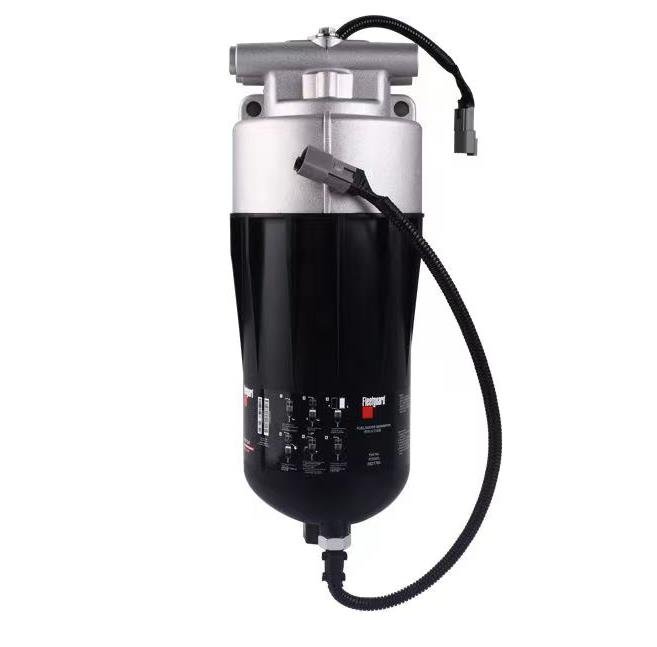For the fuel-water separator, as an important part of fuel filtration, it plays a role in filtering fuel impurities and is the “guard” of the truck. If the fuel-water separator fails to filter the water and impurities in the fuel normally, the fuel system will be in an “unprotected” state and malfunction.

In order to avoid the failure of the filter and cause the failure of the fuel system, today I will introduce the maintenance precautions of the fuel-water separator.
Steps of maintain fuel-water separator
1. Proactively release water regularly
The main function of the fuel-water separator is to filter the water in the fuel. After long-term use, the water separated from the fuel will accumulate in the water cup of the fuel-water separator. When the water content of the water cup reaches the alarm line of the water level sensor, a fuel water content alarm will appear in the whole vehicle.

If the fuel water alarm is not cleared for a long time, other fault codes will be triggered, and the vehicle may even be torsion limited, affecting normal driving. Therefore, the fuel-water separator needs to be drained regularly, and the recommended frequency is once half month or once a month, depending on the actual usage.
2. Replace the filter element on time
Replacing the filter element is an important part of the “small maintenance” of the whole vehicle. It should be replaced regularly at the service station according to the maintenance manual
3. Remove air in fuel pipe
In daily driving, truck drivers have more or less encountered the problem of starting difficulty. There are many reasons for starting difficulty, and the low-pressure pipeline is one of the main reasons. For the difficulty of starting of non-leakage air intake, it is necessary to remove the air from the system, and the fuel-water separator can play the role of exhausting.
When the vehicle is difficult to start, you can try to exhaust first:
- For electric pump products, electrify and let the electric pump work
- For mechanical transfer pump products, press the transfer pump until there are no obvious bubbles in the fuel return pipe
If the vehicle starts normally after exhausting, and there is no obvious air bubble in the fuel pipe after a period of idling, the problem is solved.


